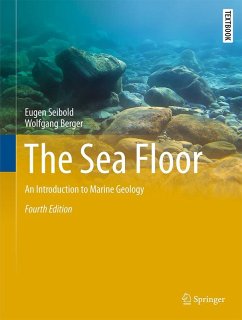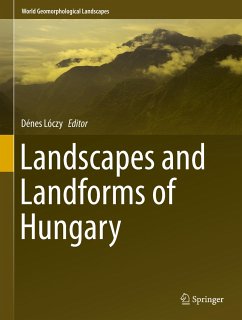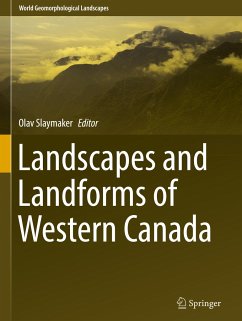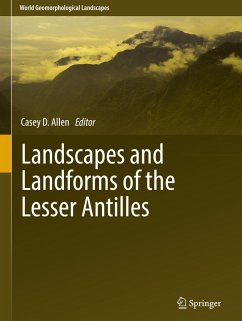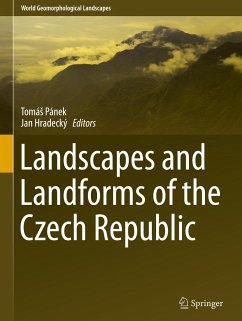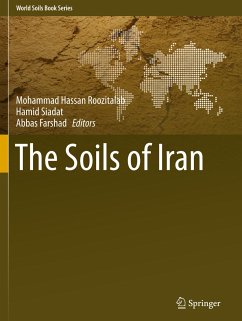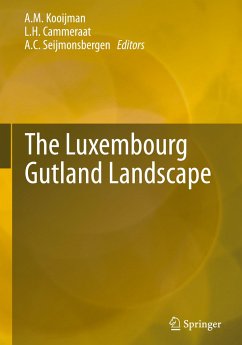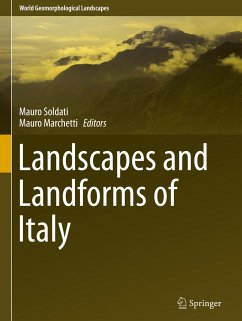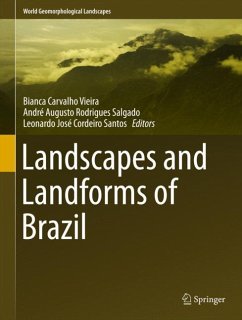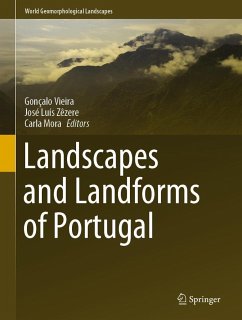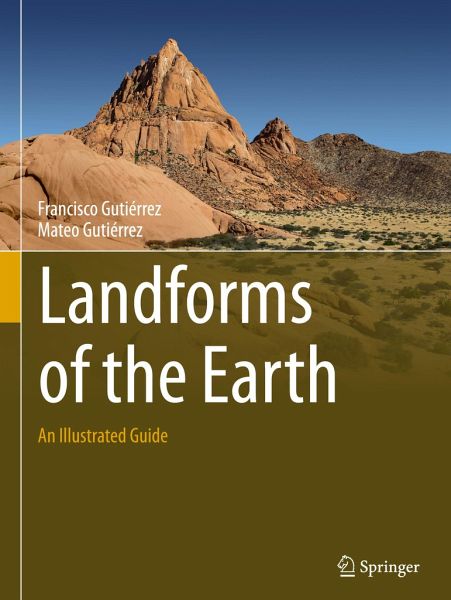
Landforms of the Earth
An Illustrated Guide
Versandkostenfrei!
Versandfertig in 6-10 Tagen
129,99 €
inkl. MwSt.
Weitere Ausgaben:

PAYBACK Punkte
65 °P sammeln!
This is a highly illustrated book with each landform being described with the following structure: (1) Main characteristics, including geometric, morphometric and sedimentological features. (2) Genetic processes and controlling factors. (3) Different typologies if applicable. (4) Additional comments related to various relevant aspects such us environmental implications or geographical distribution. Image visualization of landforms is essential for learning geomorphology and stimulating the interest in this field-based subject; a picture is worth a thousand words. Consequently, the book constit...
This is a highly illustrated book with each landform being described with the following structure: (1) Main characteristics, including geometric, morphometric and sedimentological features. (2) Genetic processes and controlling factors. (3) Different typologies if applicable. (4) Additional comments related to various relevant aspects such us environmental implications or geographical distribution. Image visualization of landforms is essential for learning geomorphology and stimulating the interest in this field-based subject; a picture is worth a thousand words. Consequently, the book constitutes a valuable educational resource for every university student enrolled in courses related with earth surface processes and landforms (e.g. Geomorphology, Physical Geography, Geology, Geohazards, Environmental Sciences.). The book is also attractive to travellers and people keen on nature who want to know about the terminology and origin of the landforms they encounter in their trips. In many cases, the geomorphological features constitute the main asset of first-class protected areas (e.g., UNESCO World Heritage Sites, National Parks).



